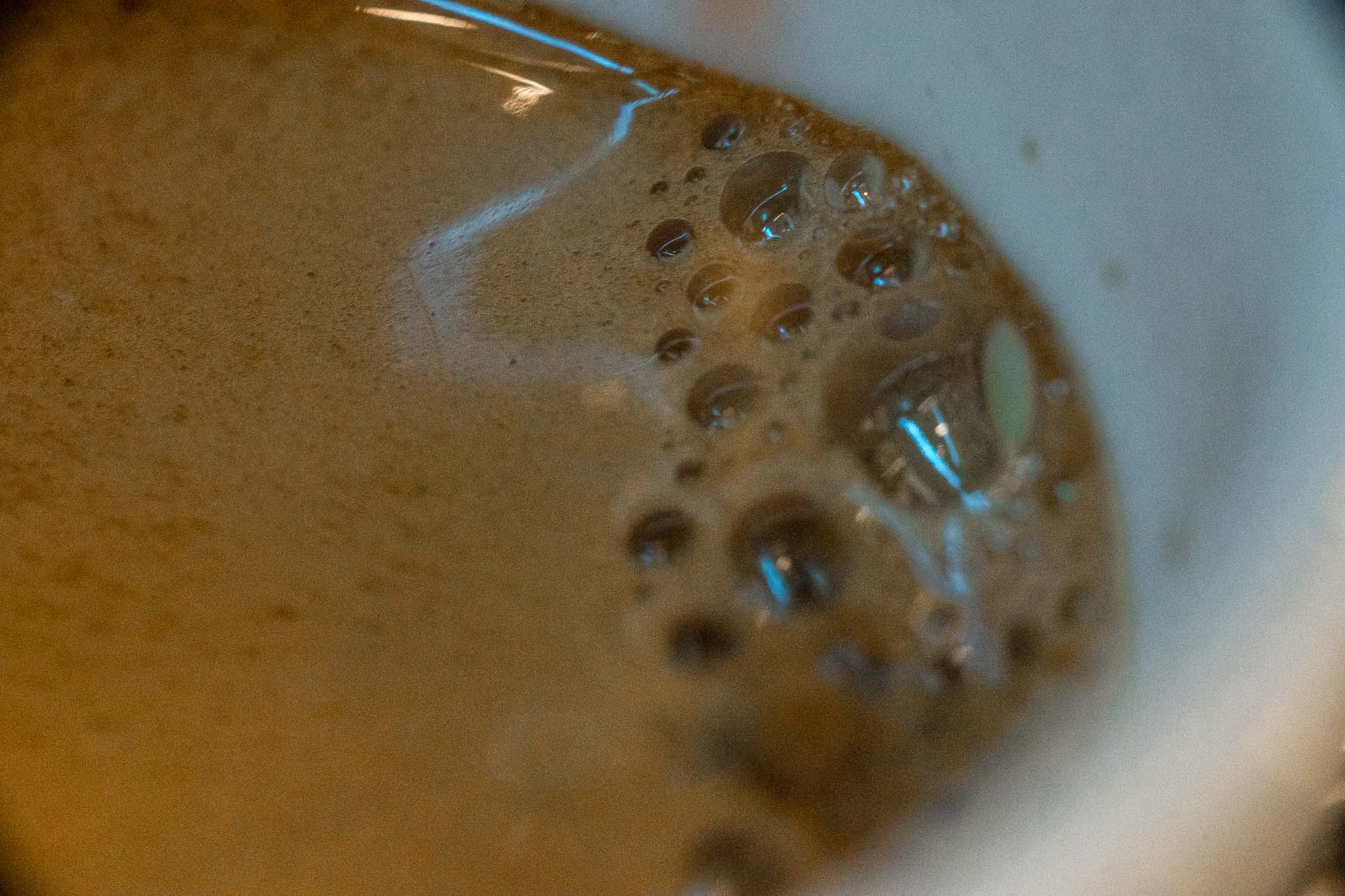Coffee Questions: What is Terroir
Every so often, we get a question at the bar related to coffee or our thoughts on coffee that we feel should be discussed on a larger platform. We started a series of posts called Coffee Questions where we try to answer those questions and leave as a resource to anyone looking to learn more about the industry, brewing, or anything else! Click here to check out other posts in this series!
For our October Palate Training, we tried some Dick Taylor Chocolates from Madagascar, Belize, and Brazil and discussed the role different environmental effects have on the outcome of coffee, chocolate, and most other plant products! Factors like what variety of plant is being used, where the coffee is grown, sunlight and water received, and other decisions being made by farmers can all make a significant impact on the quality of the your morning cup of coffee. We can wrap all of those ideas into a single idea: terroir.
Terroir. /terˈwär./ Tear-wah. Yes, we’re bringing French to the blog. Pardon.
Are Red Delicious Apples even Moderately Delicious?
I don’t think so. I’m more of a Granny Smith fan. Gala is okay, but save the Red Delicious for applesauce. I don’t want it. What’s with the apple rant? Gala, Granny Smith, and Red Delicious are all varieties of apples. We can categorize them under that broad category of “apple” and you recognize them as they are, but no one would say that a Granny Smith apple tasted the same as a Red Delicious apple. Like apples, coffea arabica, the species of plant we use to make coffee has dozens of varieties grown around the world.
How does variety affect coffee?
Thanks to World Coffee Research, we can learn more about the different Arabica varieties, their susceptibility to various diseases, and other information farmers making decisions about profitability would be concerned with.
The variety of coffee plant grown can have a significant factor in the outcome and profitability of coffee, but it’s not the only factor.
Elevated Sweetness
In general, the higher elevation a coffee is grown, the better we will be able to achieve more sweetness & better developed flavors in the cup. Why?
Because temperatures are lower at higher elevations, coffee cherries mature more slowly which allows for more and more complex sugars to develop in the fruit. These sugars get stored in the seed that ends up becoming what we know as roasted coffee beans and when brewed, result in sweetness in your espresso or coffee!
For coffees grown at lower elevations, farming decisions like shade and controlling access to water can mimic the benefits of higher elevation.
Care Creates Quality
At the end of the day, terroir is the set of environmental factors that affect the quality of our end cup of coffee, and more importantly, the sustainability of our industry, and the profitability of coffee producers.
For most coffee farmers and producers, developing coffees to their fullest potential is about increasing profitability and providing for their families and employees. This dedication to quality leads to higher premiums for their coffees and recognition from the coffee community. Therefore, a producer armed with the right tools, knowledge, and experience can temper potentially negative environmental concerns to cultivate excellent coffee.
We love getting to share great coffees with you every day. These coffees come from roasters, importers, producers, and farmworkers working hard to ensure that only the best is harvested, sorted, roasted, and brewed for you. If you’re curious about learning more about the coffees we serve, just ask a barista next time you’re in the shop!



